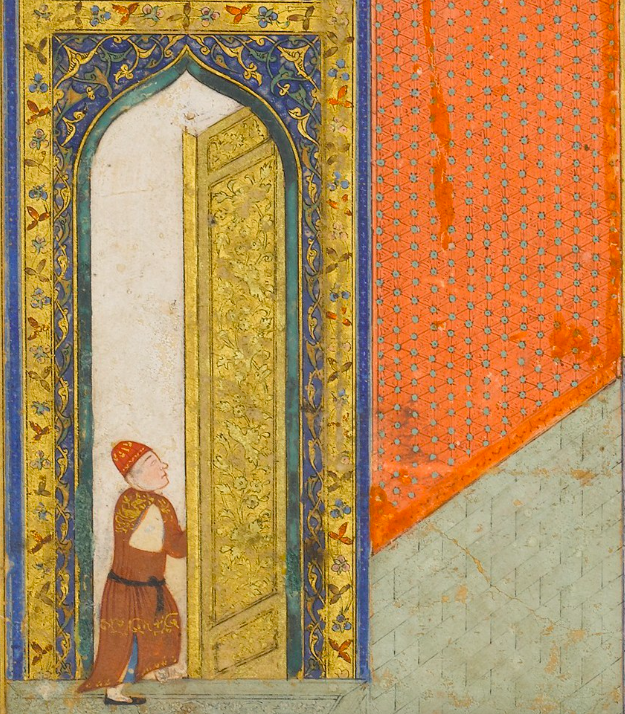Lisbon in 1572, as seen in the atlas of Georg Braun and Frans Hogenberg - (WikiI)
The Fernao Mendes Pinto story reaches its conclusion, and he finally reaches Portugal once more.
If you like what you hear and want to chip in to support the podcast, my Patreon is here.
Sources:
The Travels of Mendes Pinto, edited and translated by Rebecca D. Catz. University of Chicago Press, 1989.
Hart, Thomas R. “Style and Substance in the Peregrination.” Portuguese Studies 2 (1986).
Hart, Thomas R. “True or False: Problems of the ‘Peregrination.’” Portuguese Studies 13 (1997).
Rubiés, Joan Pau. “Real and Imaginary Dialogues in the Jesuit Mission of Sixteenth-Century Japan.” Journal of the Economic and Social History of the Orient 55, no. 2/3 (2012).
Rubiés, Joan Pau. “The Oriental Voices of Mendes Pinto, or the Traveller as Ethnologist in Portuguese India.” Portuguese Studies 10 (1994).
Spence, Jonathan D. The Chan's Great Continent: China in Western Minds. W. W. Norton & Company, 1999.










